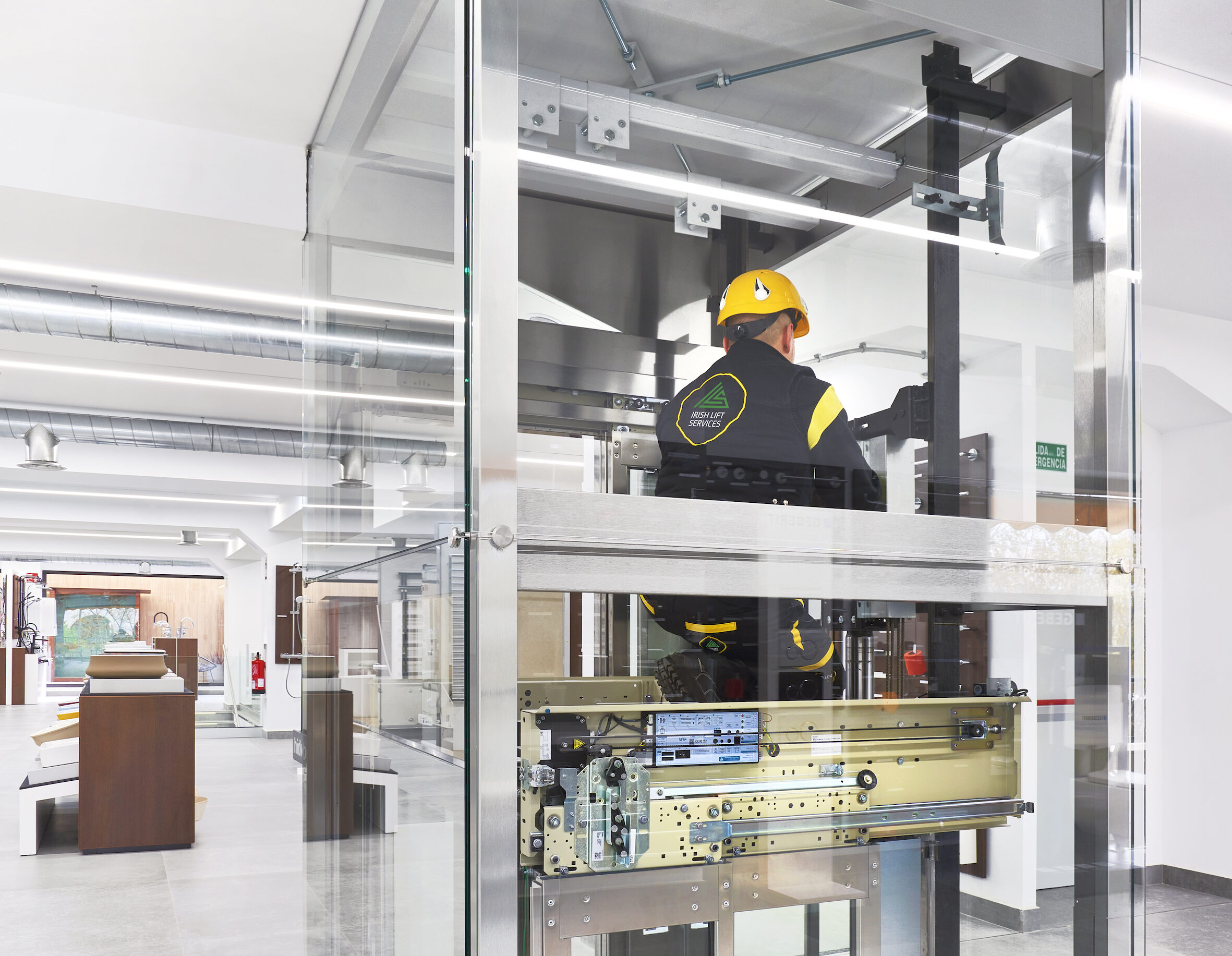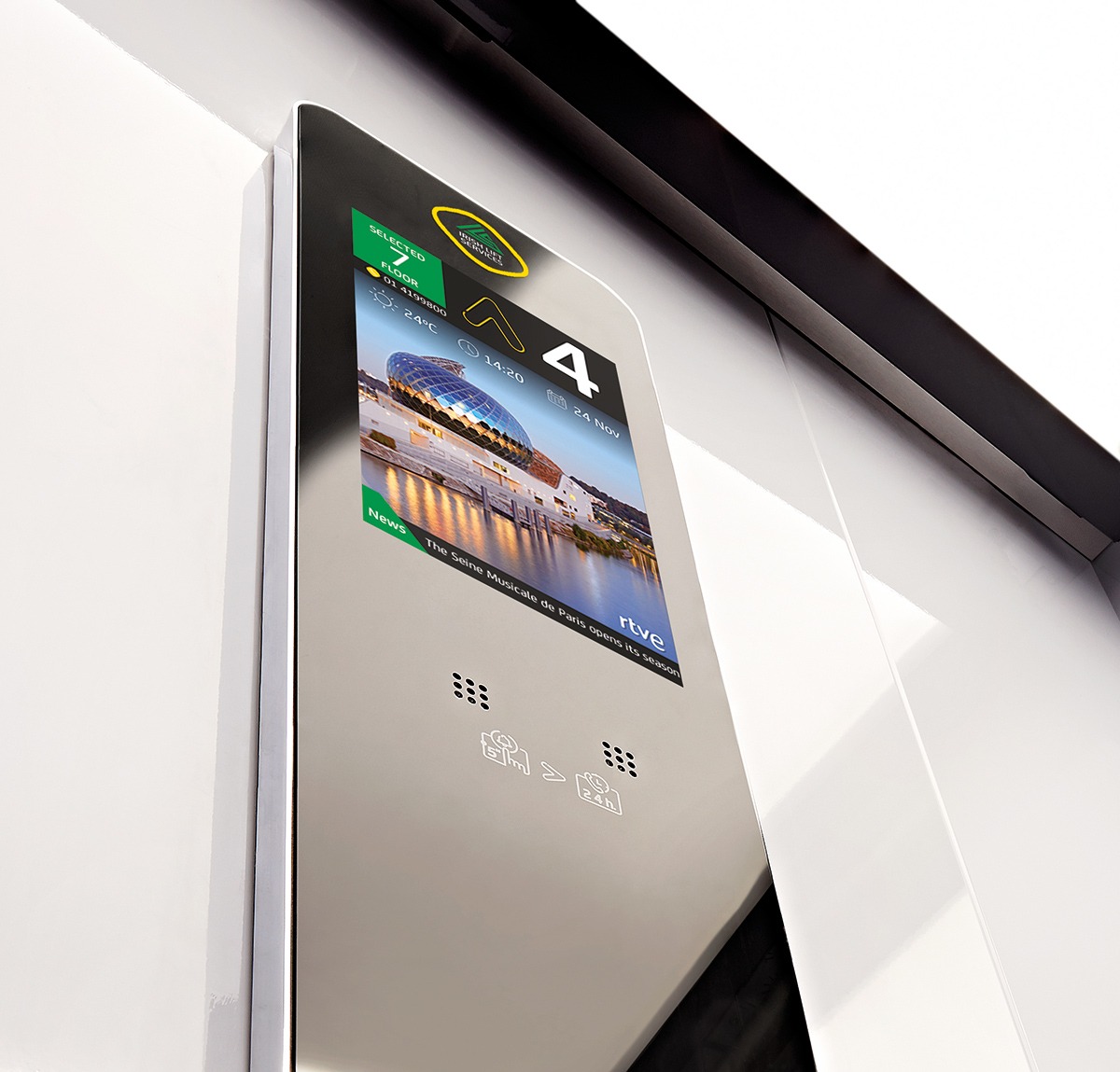From basic solutions for lifting loads to complex manoeuvring control systems to speed up vertical passenger traffic. And from the earliest civilisations to the present day, with the launch of the revolutionary ION lift. Discover the history of the lift!
This is the story of one of the most exciting yet unknown sectors: the lifting industry. Today we want you to get to know it a little better. Some authors consider that the vertical transport industry was born in the 1850s. However, it is not possible to understand the emergence of this sector without first learning about the evolution of load lifting systems.
Since the earliest civilisations, human beings have always sought methods to simplify work such as transporting and lifting loads. In fact, there are documented records of the first simple machines used in antiquity: the lever, pulleys, rollers and inclined planes.
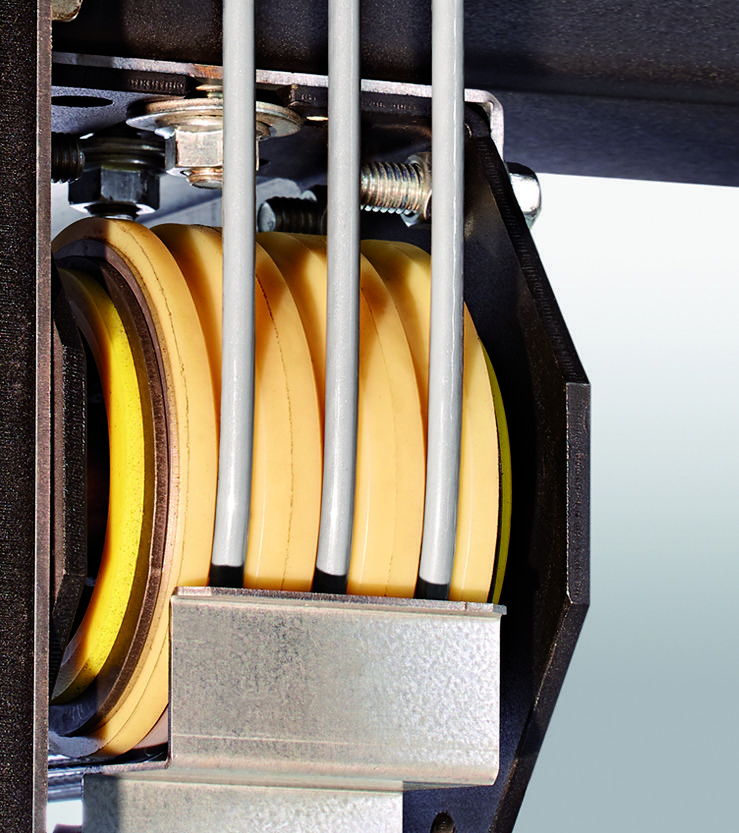
What were the first lifting systems used for?
The main purpose of the primitive elevator systems was the construction and collection of water for consumption and irrigation of fields. Not surprisingly, these systems already had counterweights, the main element of today’s electric lifts.
Later, the Greco-Roman engineering contributed greatly to the evolution of technology with the development of hoists or compound pulleys, primitive gears and the appearance of the first piston pump (a cylinder fitted with a plunger), the principle on which hydraulic lifts are based.
When was the first lift for people invented?
The first elevator known to have been used to transport people dates back to the Greco-Roman era. There is documentation and a detailed description of a lift installed in the Palace of Nero Domus Aurea (64 BC). This lift has a hemp rope suspension system, wooden rails, human traction, safety devices in the event of a free fall and a cabin position system indicated by coloured markings on the rope.
It is also worth noting the existence of hoists in the Roman Coliseum, in which gladiators and wild beasts were lifted into the arena. These devices already had elements that are used in today’s hoists, such as guides, damping and positioning systems. With the fall of the Roman Empire, these pioneering lifting systems fell into disuse.
When did modern lifts appear?
It was not until the Modern Age that great progress was made. From the Renaissance onwards, thanks to the rise of engineering, lifting machines such as cranes were perfected, allowing the construction of taller buildings. In addition, water pumping systems were improved, giving access to underground land.
With improved constructability and the need to overcome ever greater heights, there is a growing interest in lifting systems, especially for loads. At the same time, the uses are diversifying; it is no longer only building materials that are lifted, but also lifting equipment for shipping, trade, industry and mining.
With the Industrial Revolution, the optimisation of suspension elements was not sufficient to meet the height and load requirements, which were limited by animal or human traction. The invention of the steam engine proposed alternatives to this disadvantage, as steam as a traction system considerably facilitated the lifting of loads. However, there is still no conception of a lift suitable for transporting people in the event of a free fall due to a broken traction cable.
Who invented the lift for passenger transport as we understand it today?
In the 1850s, Elisha Otis designed the first lift with an automatic safety device to prevent the disastrous end caused by the breaking of the suspension. His design consisted of a cabin with pawls that engaged, in the event of the suspension cable breaking, with notches in the pit wall. Thus, the safety problem is solved with the Otis safety system.
From that moment on, the authors conceived the birth of the lift for the transport of people. Once the safety of the device had been proven, architects began to evaluate elevator systems in residential and commercial buildings and were thus able to design taller buildings.
With the rise of industry, elements for elevators are optimised. Lift-specific steam engines were developed and hydraulic traction was introduced. With improvements in traction, the use of wire rope became widespread (it should be borne in mind that, until then, the most common type of rope was hemp rope, which was generally used for manual traction).
The elevator industry and passenger lifts in the 20th Century
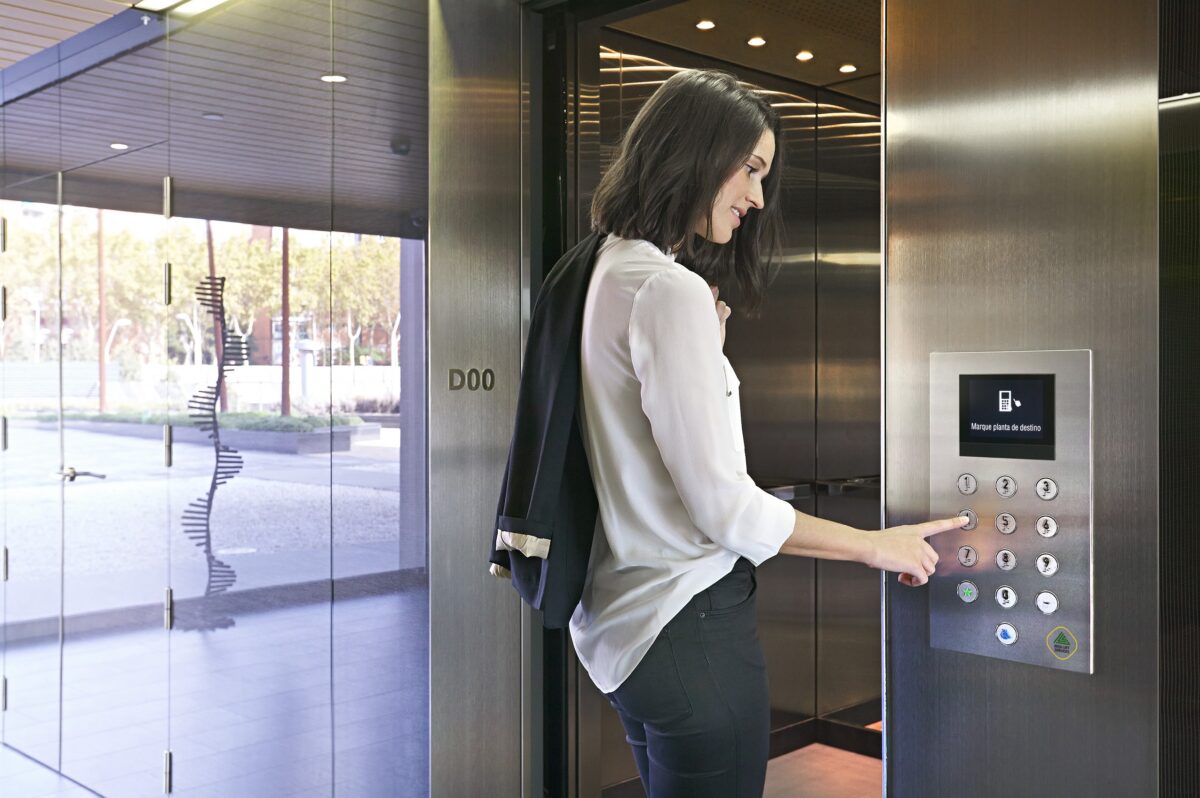
Already in the 20th century, with improvements in building structures, lifts with higher load and speed requirements are required. Electric traction made hydraulic traction less popular, which, despite being quieter and more precise than the electric drive, was more bulky and costly to install. Thanks to this new traction, switches are developed in the cabin to start and stop the movement in both directions, previously controlled by cables. Progressively, safety devices are being introduced, such as the door locking system to operate the lift or the emission of visual and acoustic signals to warn of the arrival at the floor.
Along with a greater need to speed up lift travel and the development of electronics, vertical traffic technology was born and traffic control systems were developed, the beginnings of programmed manoeuvres. Thanks to advances in control systems, manoeuvres evolved from relay-driven or hard-wired logic to reduced logic managed by microprocessors.
Technology and sustainability: the present of the lifting industry
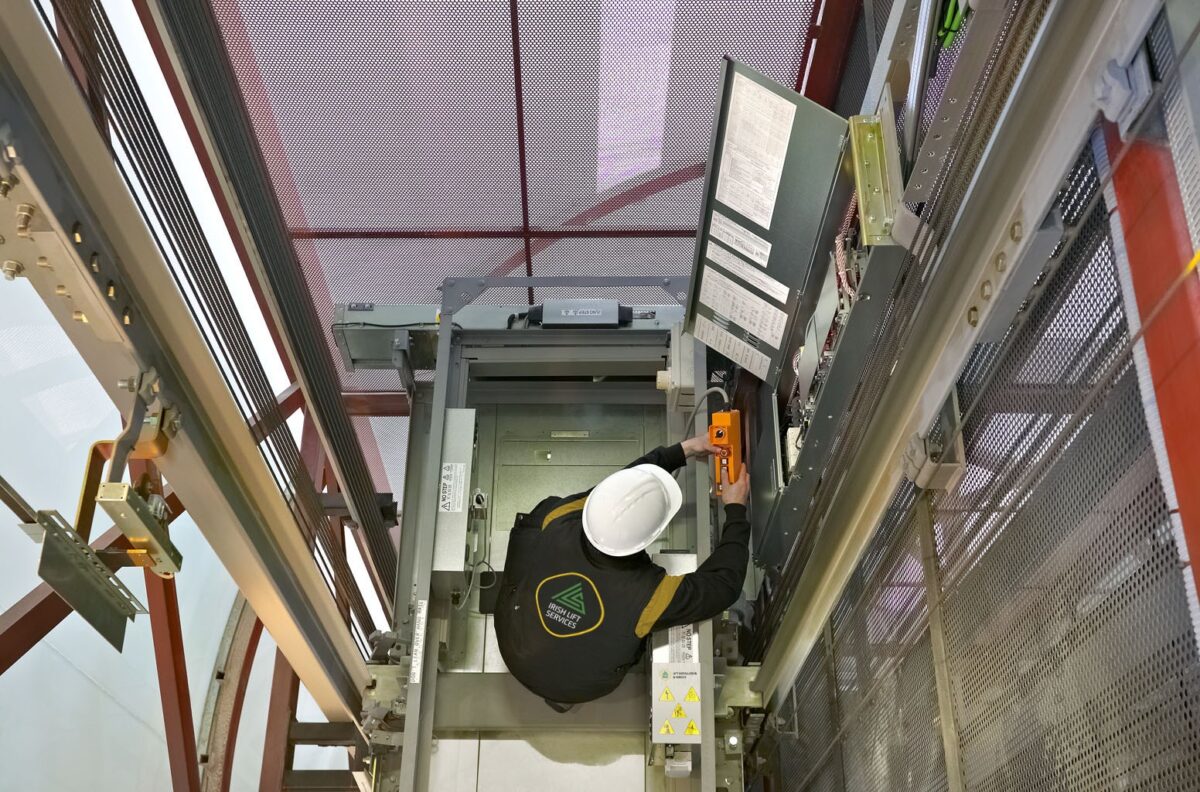
Nowadays, the latest major innovation in the field of mechanical engineering was introduced by the Finnish company Kone. In 1996, a machine without the need for a specific space to house the traction unit, a machine room less lift (i.e. without a machine room), appeared on the market. This system makes it easier to integrate the lift into the building and gives the customer the possibility of having additional space in the building.
Today, the industry continues to benefit from technology. The latest developments focus on improving both mechanics (with higher running speeds, greater comfort with smoother rides, improved plant accuracies, safety improvements and space optimisations) and electronics (with reduced manoeuvring size, better response times and traffic facilitation).
At the same time, thanks to the concern for responsible production, an optimisation of materials and resources is sought, as well as the production of more energy-efficient and sustainable lifts. In this sense, it is worth mentioning that the revolutionary ION lift has revolutionised the elevator sector. This equipment does not require a machine room and, with it, we have achieved unparalleled levels of comfort, reliability and energy savings.
Lift ION, the lift of the future
The ION lift (also available in Green and Solar versions) optimises all materials used, minimises the use of water, chemicals and other pollutants, and ensures that all components are recyclable.
In fact, in 2021 our ION achieved Cradle to Cradle Certification (C2C), a seal awarded by the Cradle to Cradle Product Innovation Institute to products that are committed to the circular economy and sustainability in the manufacture, use and reuse of their materials.
In addition, this lift has considerably reduced the size of its motor and, with it, its energy consumption. In addition, the miniaturisation of all the machine elements allows more room for passengers and achieves a cabin 35% larger – that’s all you could ask for!
Basic information on data protection: In accordance with the GDPR and the LOPDGDD, FAIN ASCENSORES S.A. will process the provided data in order to contact you with the information you need. For more information about the processing of your data and to exercise your rights, please visit our privacy policy
